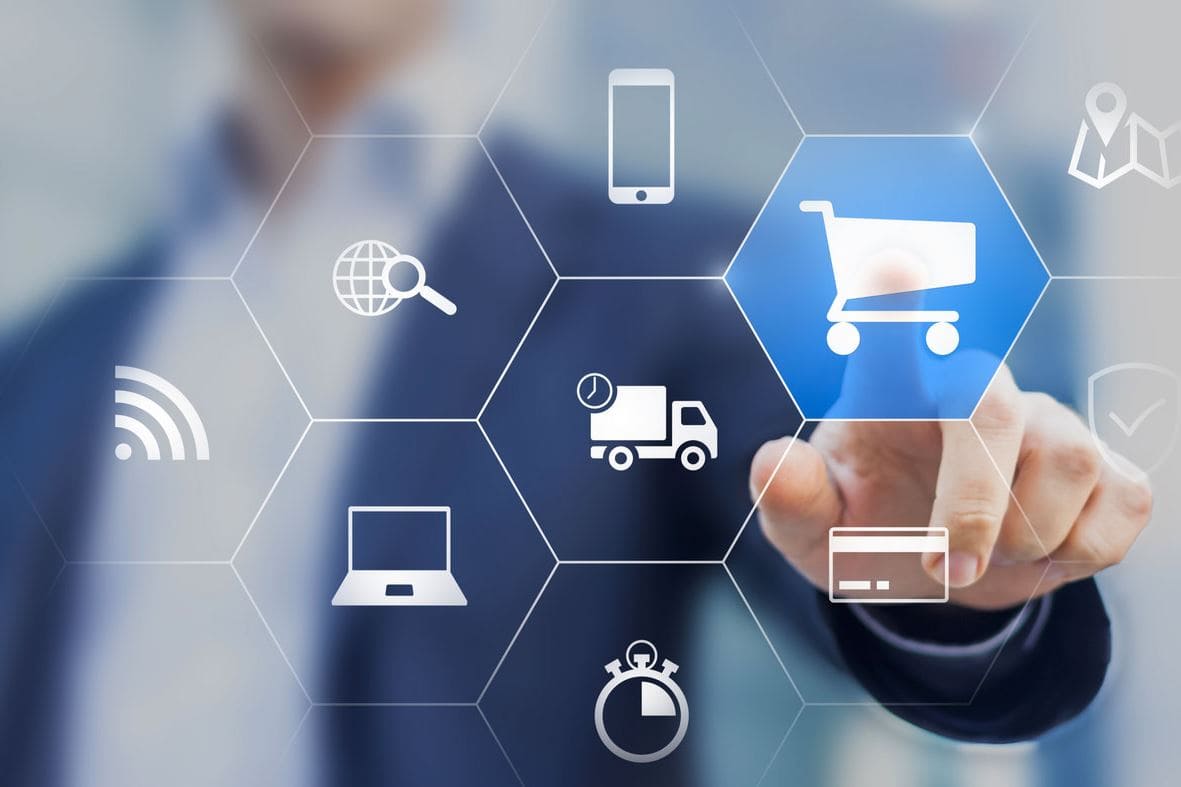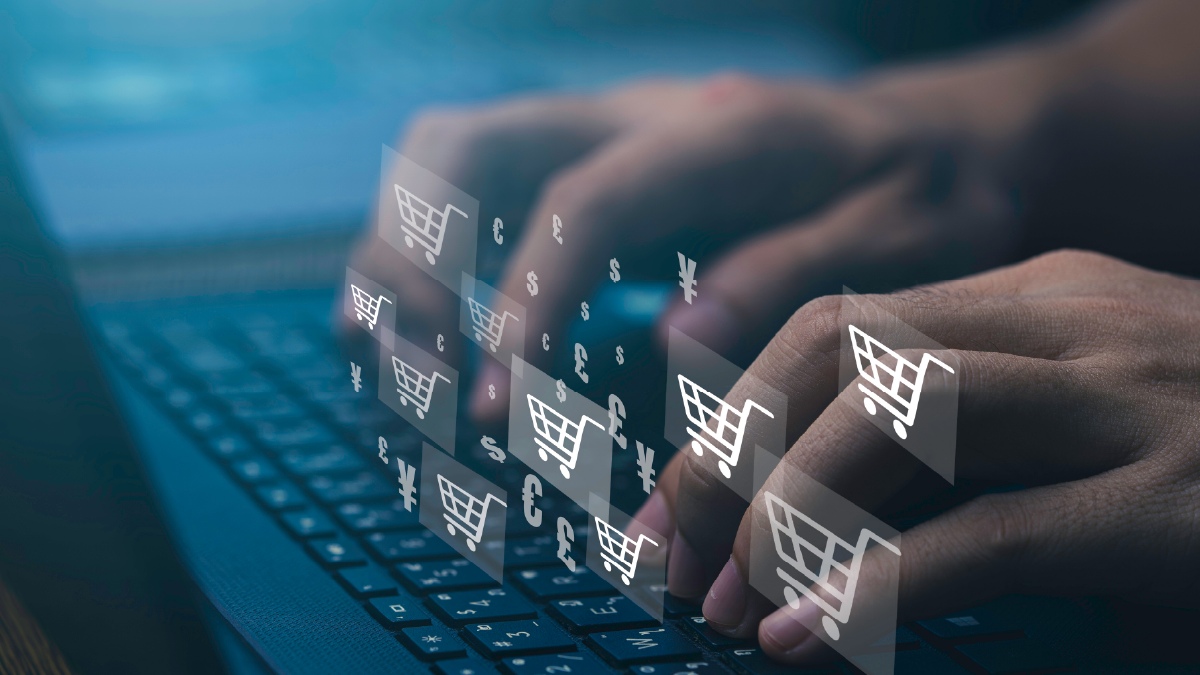
In recent decades, technology has reshaped virtually every aspect of human life, and the retail sector is no exception. Traditional retail, once synonymous with brick-and-mortar stores and face-to-face customer interactions, has undergone a profound transformation. This evolution, driven by advancements in technology, has introduced new challenges and opportunities, altering the very fabric of how businesses and consumers interact.
Revolutionizing the Retail Landscape
Technology has redefined the traditional retail experience by merging the physical and digital worlds. E-commerce platforms have surged in prominence, offering consumers the convenience of shopping from anywhere, at any time. This shift has pressured traditional retailers to innovate or risk obsolescence.
For many, the introduction of omnichannel strategies has been the solution. Retailers are now integrating physical stores with online platforms to create a seamless shopping experience. Customers might browse products online, visit a store to examine them in person, and complete their purchase through a mobile app. This interplay of channels has blurred the lines between traditional and digital retail, giving rise to a hybrid model that caters to modern consumer expectations.
Enhanced Consumer Insights Through Data
One of the most profound impacts of technology on traditional retail lies in data analytics. Retailers can now gather and analyze customer behavior data with unprecedented precision. Every interaction, from website visits to in-store purchases, generates valuable information. This data enables retailers to predict trends, personalize customer experiences, and optimize inventory management.
Predictive analytics has proven particularly valuable. By analyzing past purchases and browsing habits, retailers can anticipate what products a customer might need next. This level of personalization was inconceivable in the pre-digital era, marking a significant departure from the one-size-fits-all approach that defined traditional retail for centuries.
The Rise of Smart Stores
Brick-and-mortar stores have not disappeared but have instead evolved, thanks to technological advancements. Many traditional retailers are now implementing smart store concepts. These stores leverage tools such as artificial intelligence (AI), Internet of Things (IoT) devices, and augmented reality (AR) to enhance the shopping experience.
For instance, AI-powered kiosks can provide tailored product recommendations, while IoT-enabled shelves track inventory levels in real time. AR applications allow customers to visualize furniture in their homes or see how a pair of glasses might look on their face without physically trying them on. These innovations not only attract tech-savvy customers but also streamline operations, making retail environments more efficient.
The Challenge of Adaptation
While the infusion of technology has brought many benefits, it has also posed significant challenges to traditional retailers. Many businesses, especially smaller ones, have struggled to keep up with the rapid pace of technological change. High implementation costs, the need for specialized skills, and resistance to change within organizations have hampered their ability to adapt.
Moreover, the convenience and competitive pricing of online platforms have drawn customers away from physical stores. Traditional retailers must continuously innovate to offer unique value propositions that online competitors cannot replicate, such as personalized service, tactile product experiences, and community engagement.
Sustainability and Ethical Considerations
Technology has also played a pivotal role in addressing sustainability concerns within traditional retail. Modern supply chain technologies enable better tracking of materials, ensuring ethical sourcing and reducing waste. Retailers can now optimize delivery routes to minimize carbon footprints or use blockchain to verify the authenticity of sustainable products.
On the flip side, the technological revolution has raised questions about data privacy. With the increasing reliance on consumer data, retailers must navigate the fine line between personalization and intrusion. Regulations like GDPR and CCPA are becoming critical in ensuring that technological advancements respect individual privacy.
Redefining Customer Relationships
Technology has fundamentally altered how retailers engage with their customers. Social media platforms, chatbots, and email marketing campaigns now allow businesses to maintain a continuous dialogue with their audience. Retailers can address customer queries instantly, resolve issues efficiently, and build loyalty through engaging content.
For instance, live-stream shopping events have gained popularity, blending entertainment with commerce. This trend, particularly prominent in Asian markets, demonstrates how traditional retail concepts can be revitalized with technology. Customers feel more connected to brands, and retailers gain a direct channel to showcase their offerings in real time.
The Future of Traditional Retail
As technology continues to evolve, the distinction between traditional and modern retail will likely become even more indistinct. Concepts such as the metaverse and virtual reality (VR) shopping are already gaining traction, promising to redefine how consumers interact with brands.
However, it is essential to remember that the core of retail remains unchanged: understanding and meeting customer needs. Technology is merely a tool to achieve this goal more effectively. Traditional retailers that embrace innovation while staying true to their values will thrive in this ever-changing landscape.
In conclusion, the impact of technology on traditional retail is both profound and multifaceted. It has driven innovation, challenged norms, and redefined consumer expectations. While the journey is not without its hurdles, it offers unparalleled opportunities for growth and transformation. Traditional retail, infused with the power of technology, is not fading—it is evolving into something more dynamic and resilient than ever before.



